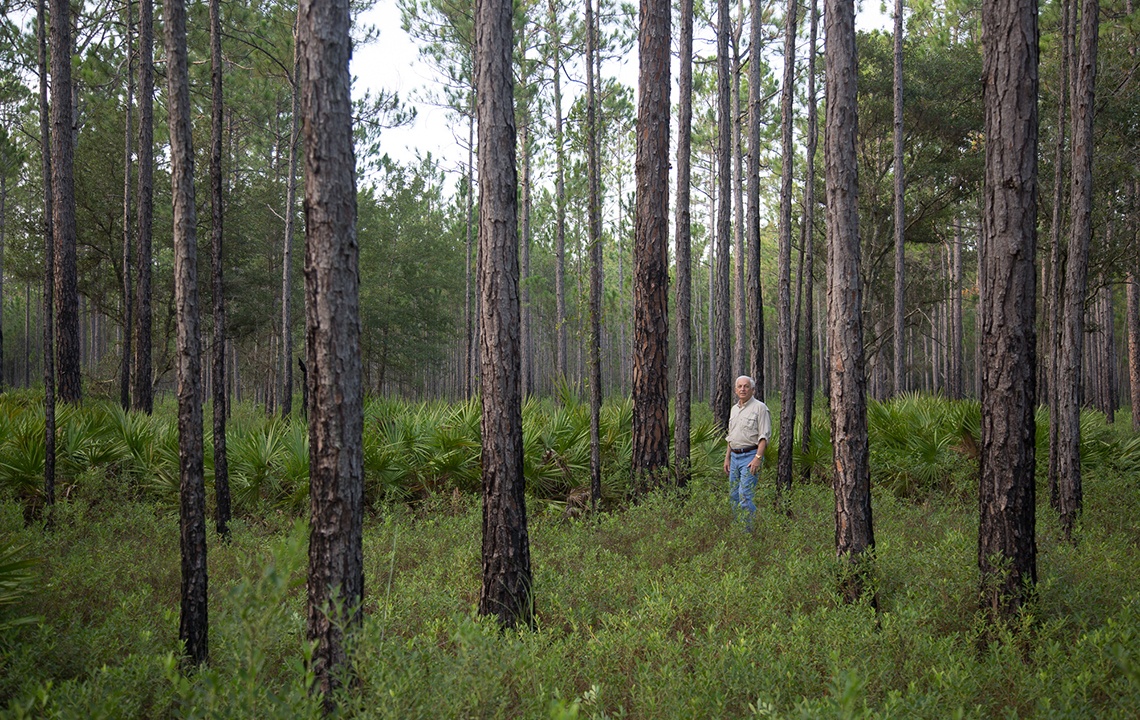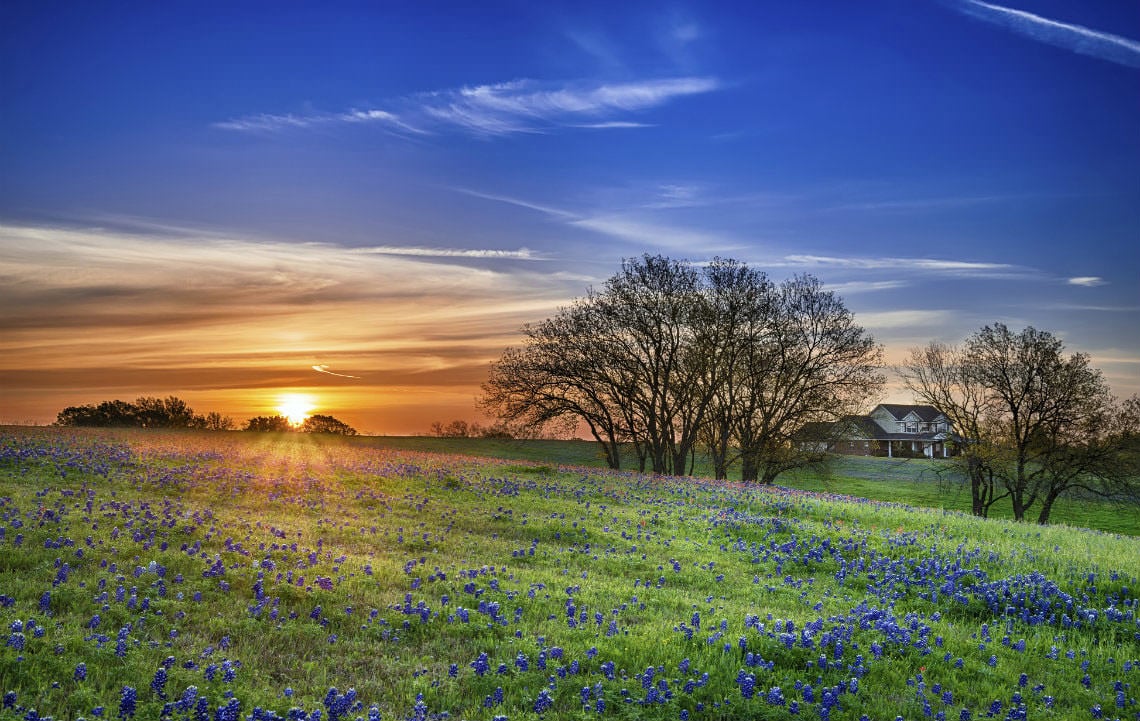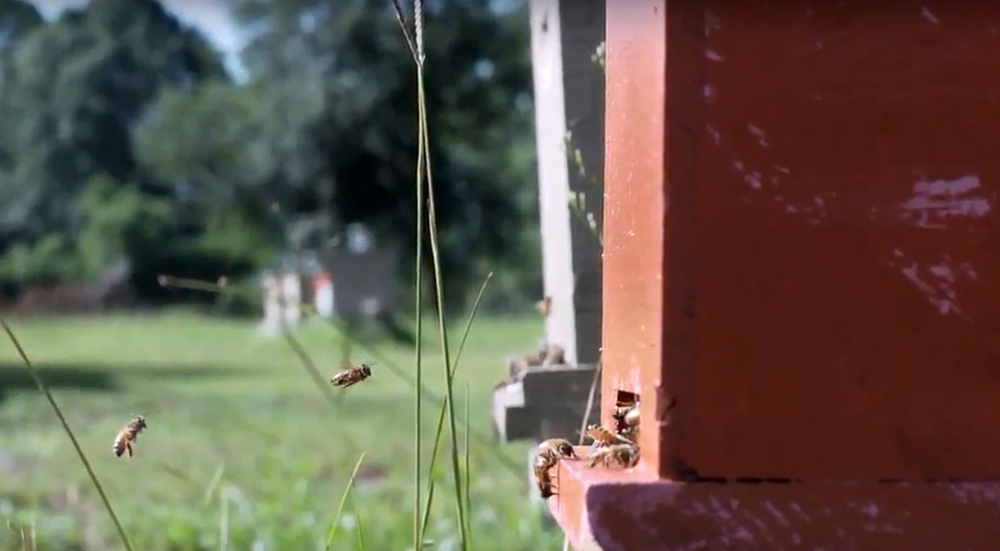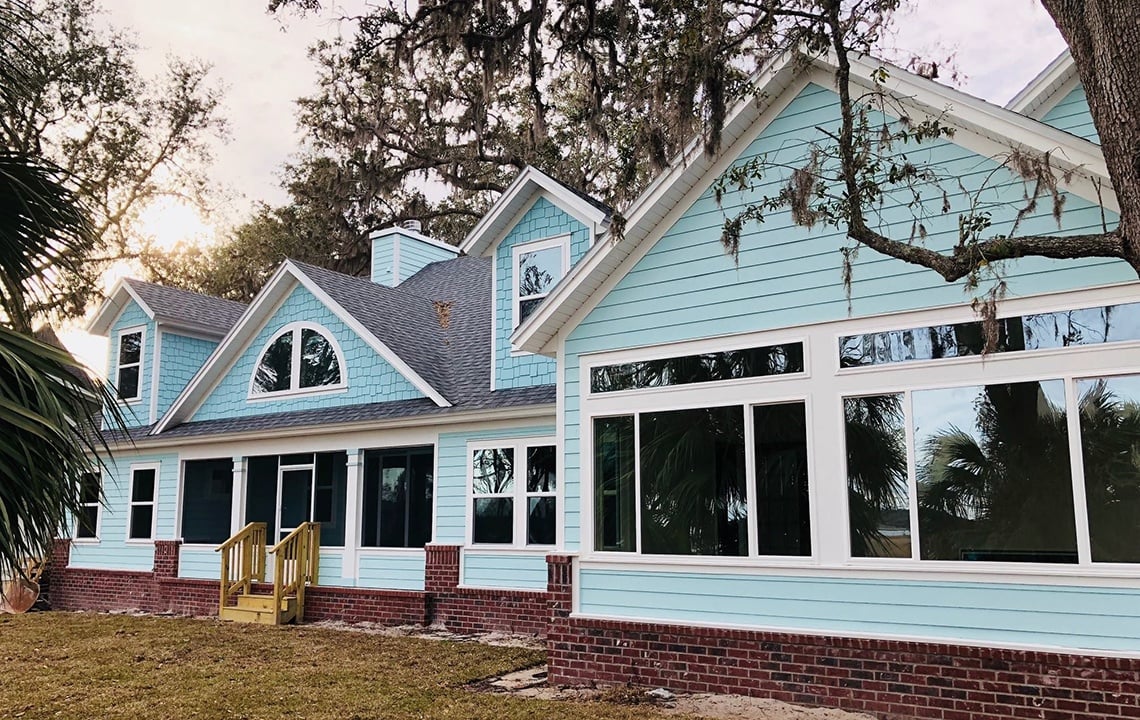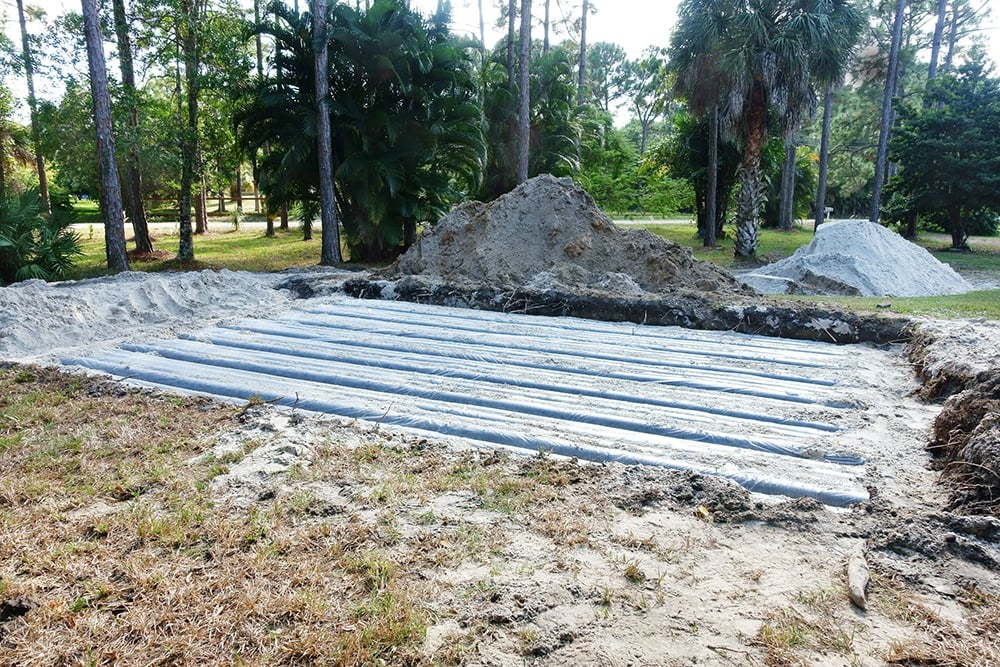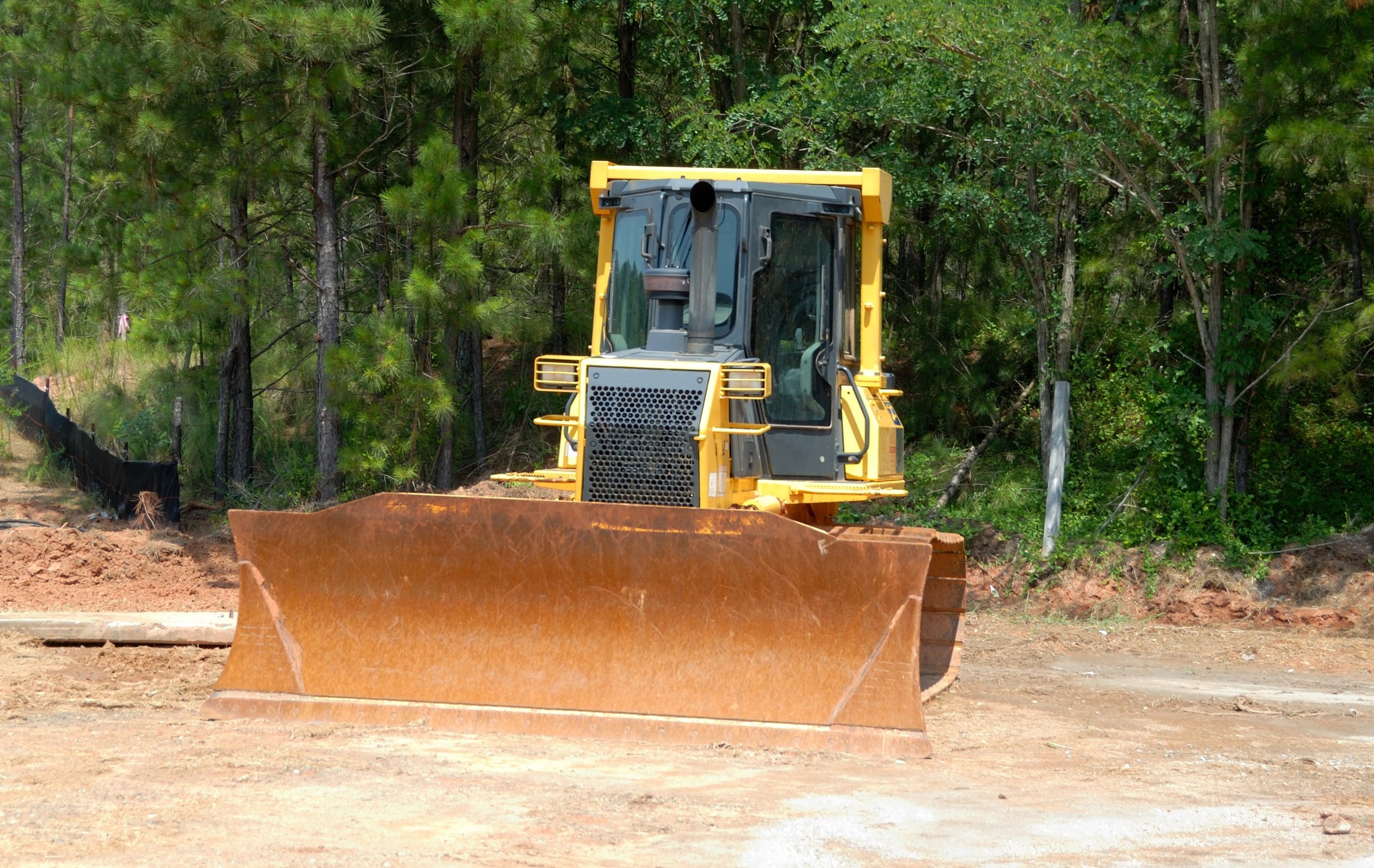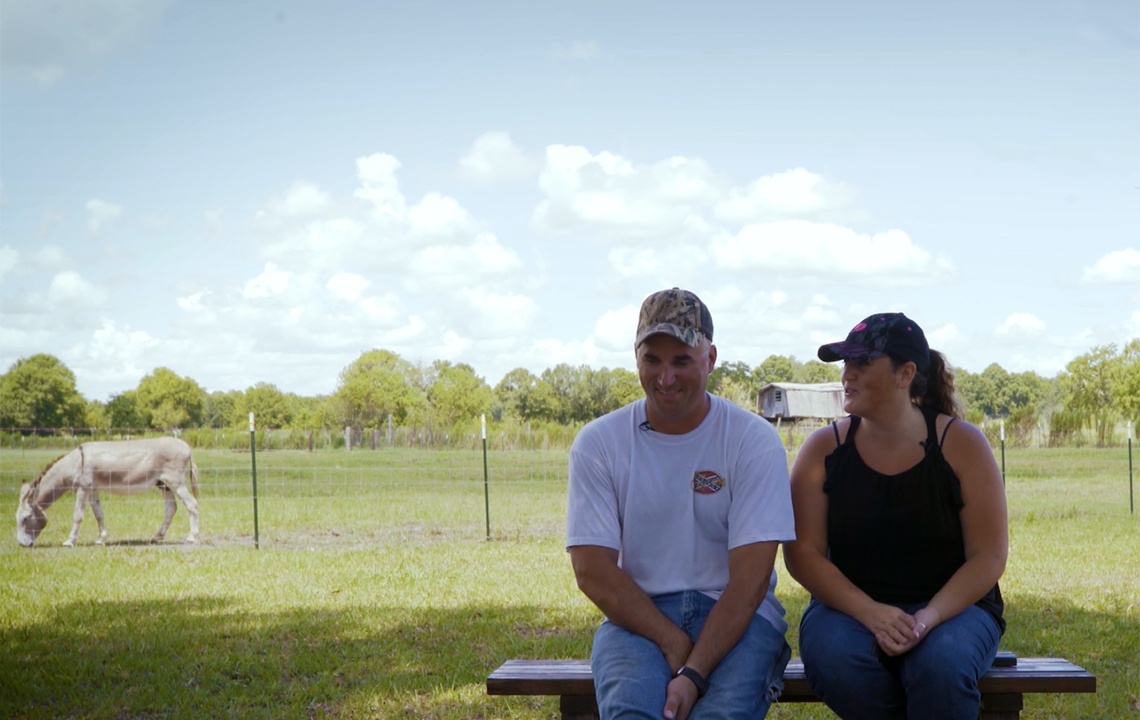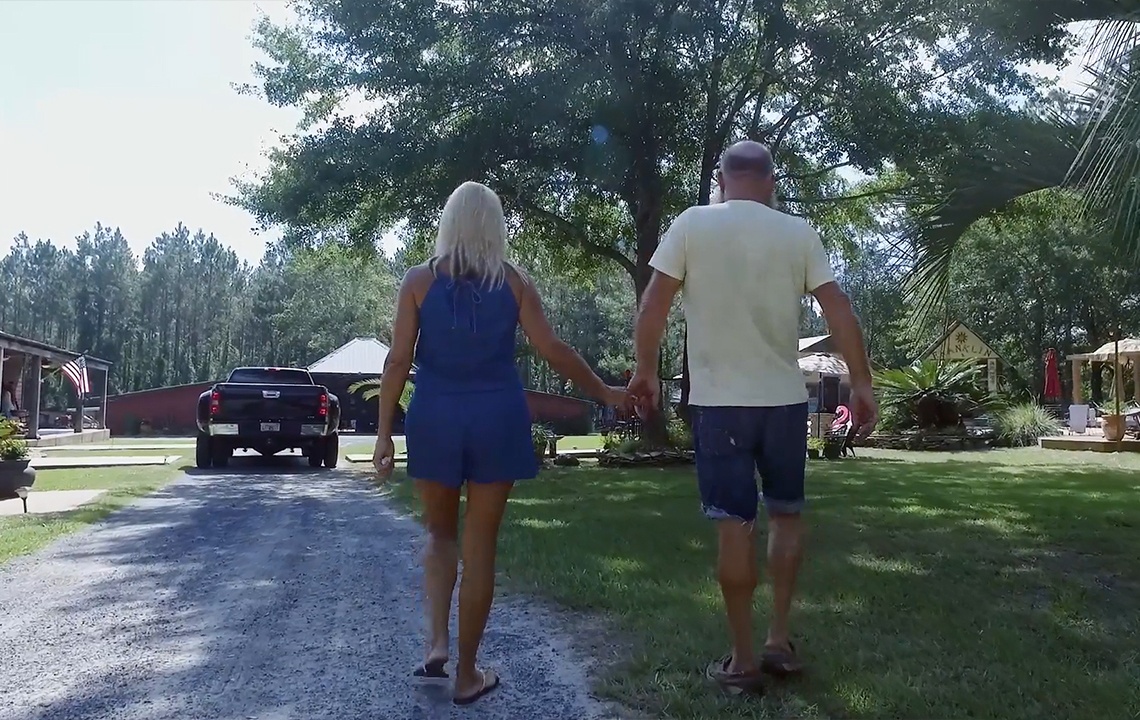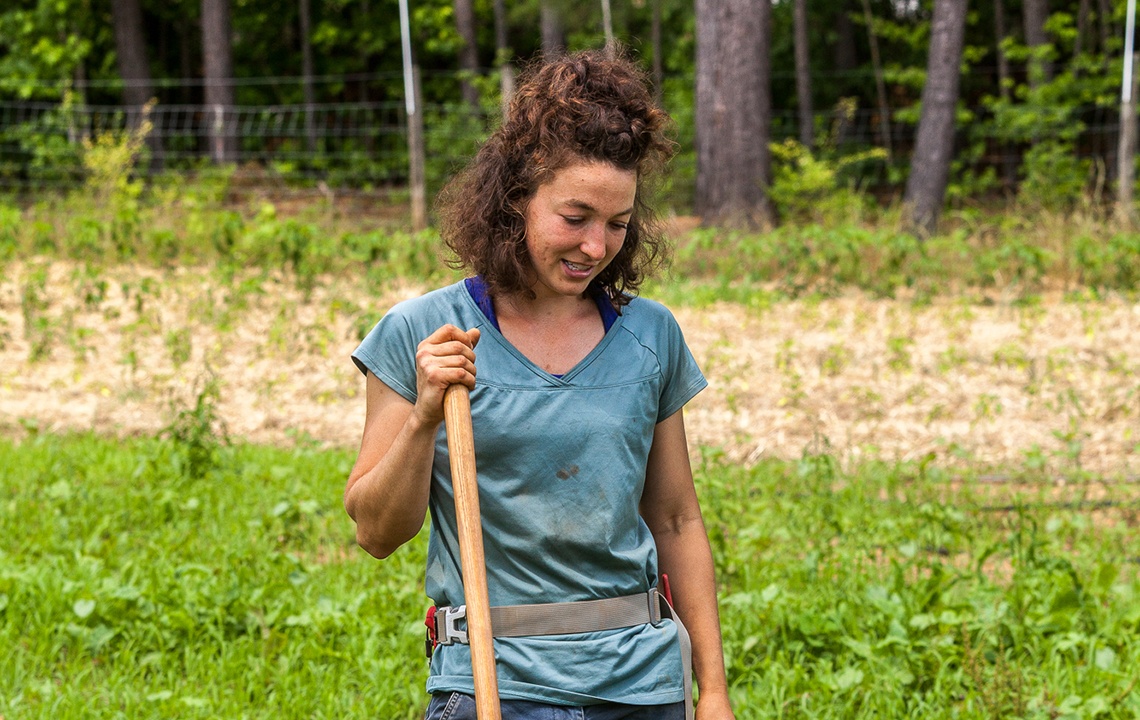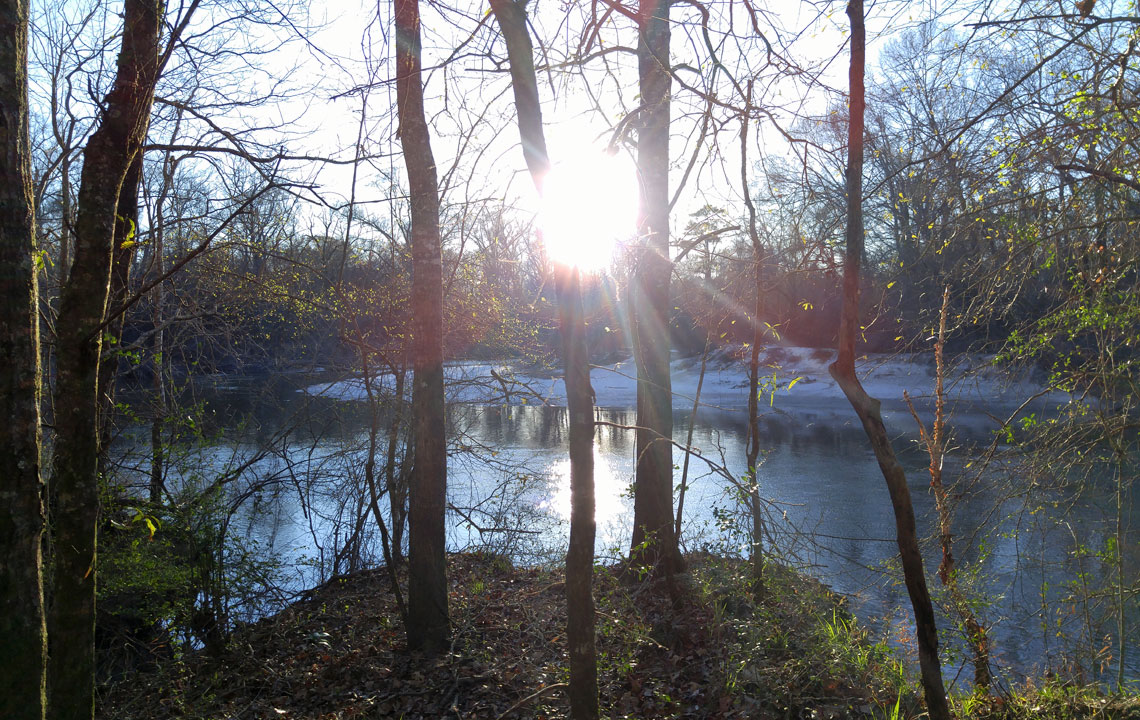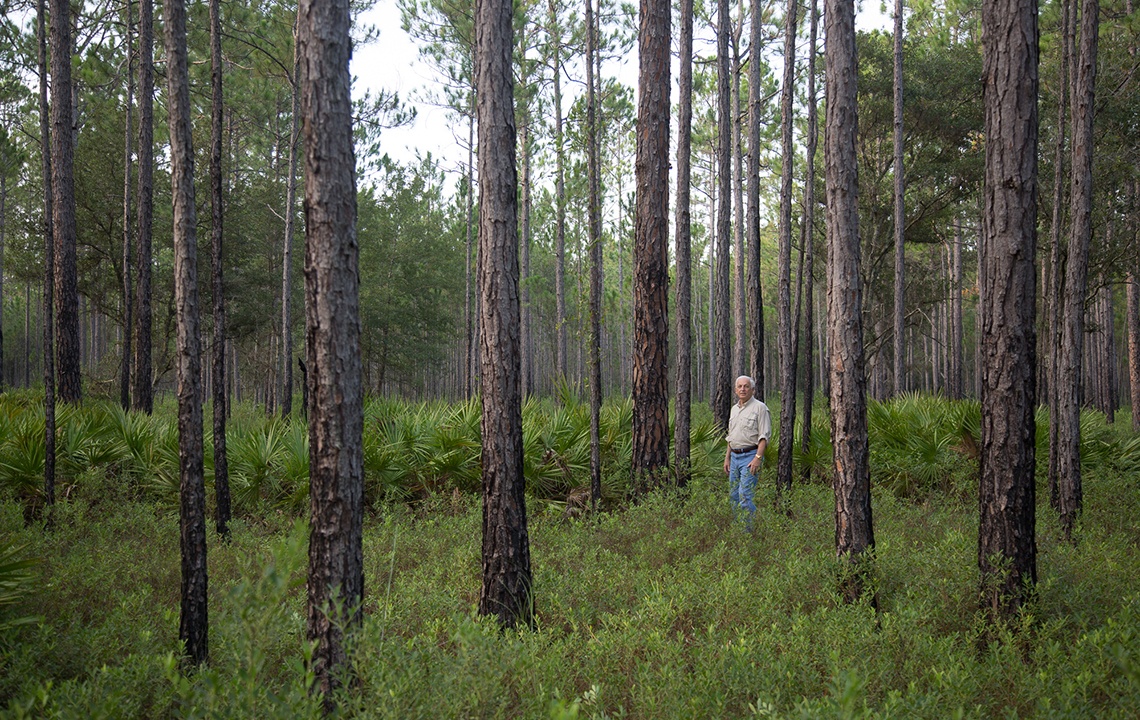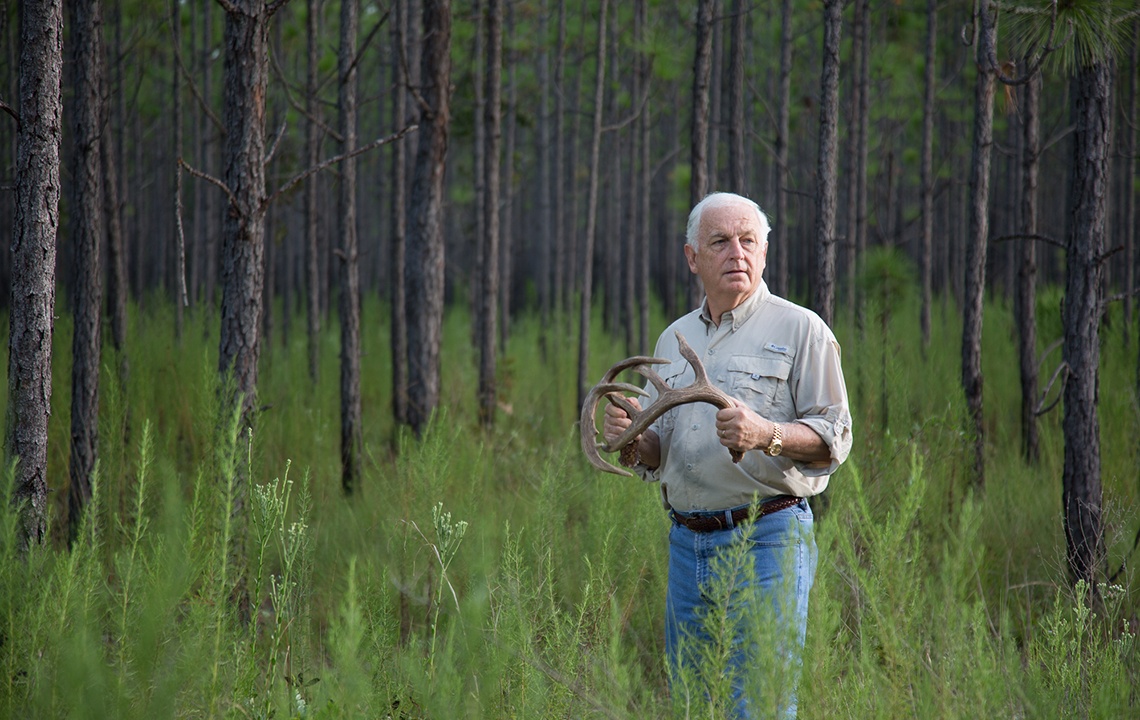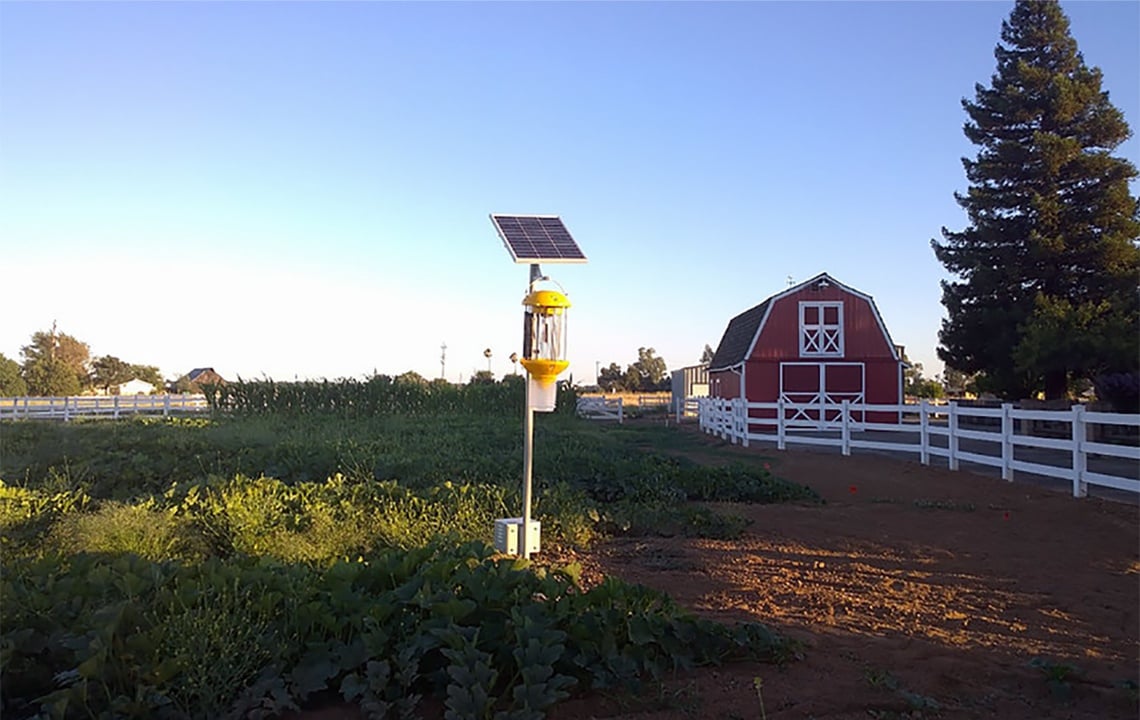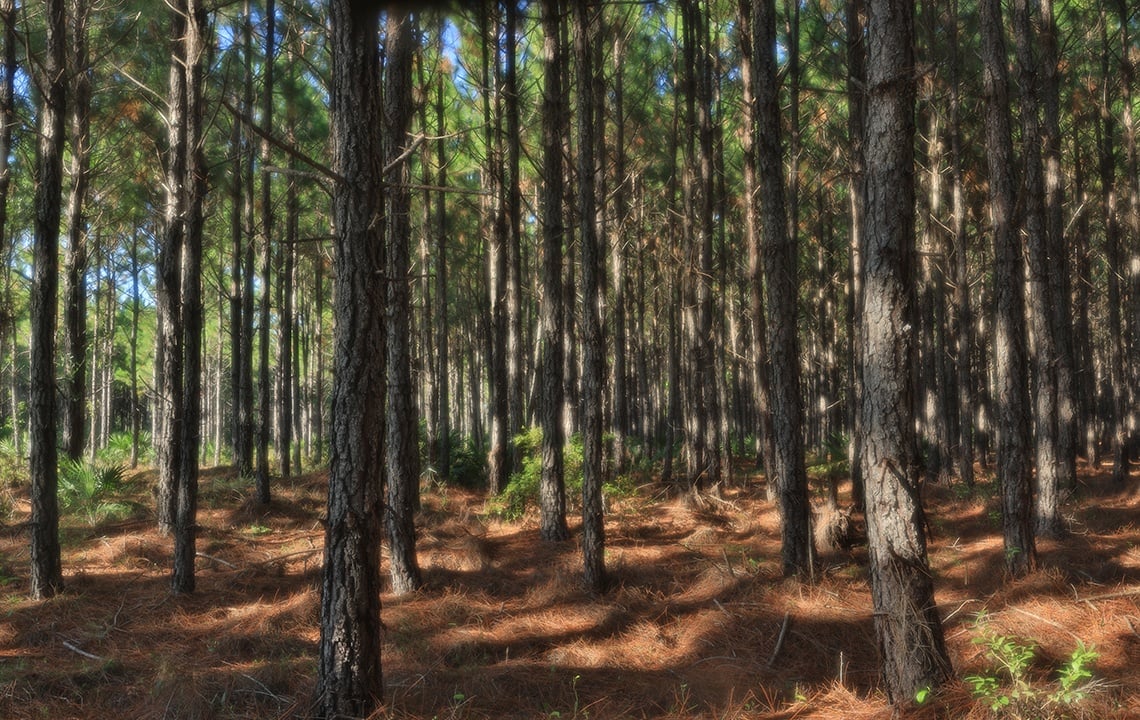Longtime hunter and real estate company owner Steve Simmons shares his best 8 tips for finding ideal land for hunting in Northern Florida.
This is the third installment in our Steve Simmons series. See also:
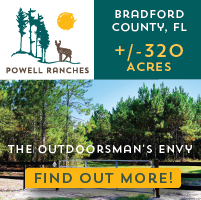 If you’re on the hunt for the ultimate Florida hunting property, few people could offer better advice than Steve Simmons.
If you’re on the hunt for the ultimate Florida hunting property, few people could offer better advice than Steve Simmons.
A hunter since his childhood and a leader in Nassau County, Florida, real estate, Simmons, the owner of ERA Fernandina Beach Realty for 43 years, has owned and leased hunting land for decades.
He managed a hunting club that had exclusive hunting rights to land owned by Rethink:Rural’s parent company, Rayonier; developed property with record-setting bucks in Pulaski County, Georgia; and he continues to enjoy hunting with family and friends on various properties near the farm where he grew up in Georgia. He regularly travels to hunt the wilds of rugged Alaska, Canada and other ideal hunting spots.
Simmons offered us 8 tips to find the best hunting land in Florida or Georgia, whether you’re looking to lease or buy.
#1. Determine what your needs and desires are for a property before you start your search.
Answer some key questions about what you are looking for in a hunting property:
- What type of wildlife do you want to hunt? What type of habitat is that animal attracted to and what habitat will best sustain the game for quality and quantity?
- Are you more interested in seeing more animals more of the time, or are you more interested in seeing fewer animals of greater quality?
- What type of hunting do you intend to do? For example, you may need a larger tract of land, and a more remote location, for gun hunting than you would for bow hunting.
- How many acres do you need to accommodate the type of hunting and number of hunters you want the land to serve?
- Are you looking for land suited for a more “low impact” hunting experience for young family members, such as land with small game and upland birds?
#2. Avoid land too close to a town or city.
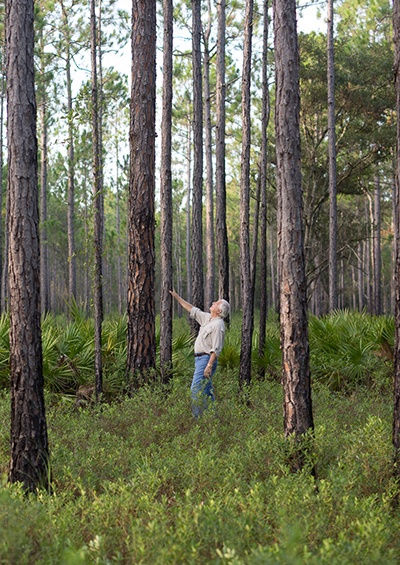 The land may be conveniently close to town. However, make sure it is not too close based on trends for current and projected growth.
The land may be conveniently close to town. However, make sure it is not too close based on trends for current and projected growth.
A tract that is great hunting land today could become useless for hunting in a few years if a strip mall or subdivision moves too close. And while bow hunting within a certain distance of encroaching development may be permissible, gun hunting would in all probability not be practical.
“Encroaching development also changes the patterns of most wildlife,” Simmons explains, “and therefore in many cases the hunting could become a thing of the past.”
#3. Look for property with some wetlands or a water source, such as a creek.
Wetlands are a major draw for wildlife. Mast producing trees, such as a wide variety of oaks, will thrive in low to moderate wetlands and produce good food for squirrels, hogs, deer, turkeys and ducks. In the same way, a water source such as a creek or a “wet weather” pond provides both water and food to animals.
“Wetlands - as determined by vegetation - will not only provide a good food source, but will also provide excellent bedding areas for animals and give them a sense of security,” Simmons explains. “Deer by nature are foragers and depend primarily on plush forest greenery for sustainability, even if supplemental feeding such as food plots are available.”
#4. Find out who the neighbors are and how they hunt.
No matter how well you plan to manage your hunting land, it won’t work if the neighbors aren’t committed to some standards of wildlife management, too. Find out if they hunt and if they manage their land for the benefit of game. In addition, how do they hunt, and how does that compare with the way you plan to hunt? For example, a neighbor who chases deer and hogs with hunting dogs all day, day after day, will no doubt negatively impact your management results, hunting experience and enjoyment.
#5. Research the local county’s game management standards.
Some counties that are especially good for hunting have game management regulations. There may be a quota on the number of animals harvested, the minimum number of points for a deer to be taken, and other restrictions that are beneficial to good game management.
But game management is not a deal-breaker in Simmons’ book.
“If you respect local game laws and adopt a good ‘common sense’ approach, Mother Nature will always prevail in helping you have a wonderful experience while on the property,” he says.
#6. Look for property in a rural area for lower taxes.
“If the land is too close to town, you could be overtaxed for the intended use,” Simmons explains. “In more remote areas, taxes are not likely to go up because of its rural nature and applicable exemptions that could apply.”
#7. Find out what wildlife is there.
 It may seem like an obvious tip, but take the time to find out if the wildlife on the land is the wildlife you intend to hunt. If you’re looking to deer hunt, for example, visit the land and look for tracks, deer rubs, droppings, sheds and other evidence that the land is frequented by deer.
It may seem like an obvious tip, but take the time to find out if the wildlife on the land is the wildlife you intend to hunt. If you’re looking to deer hunt, for example, visit the land and look for tracks, deer rubs, droppings, sheds and other evidence that the land is frequented by deer.
Look for transitional areas where deer might be moving from bedding areas to food sources. Look for historical clues such as old wooden dilapidated tree stands and obvious trails representing wildlife corridors used for many years.
#8. Want to know about local hunting conditions? Ask the locals!
Don’t be shy or underestimate the value in asking locals in towns or communities near a property you’re considering about the wildlife and hunting activities. You might be pleasantly surprised about how much information you can gather from local gun shops, hardware stores, barber shops, feed and seed stores, deer processing centers or even a gas station. Local county law enforcement and game wardens are great sources for information, too.
All photography by Gary Clark, a former Southern Living Magazine travel photographer and photographer of the United States Postal Service 2014 Star-Spangled Banner Forever stamp. See more of Gary's work and contact him at www.thegaryclark.com.


